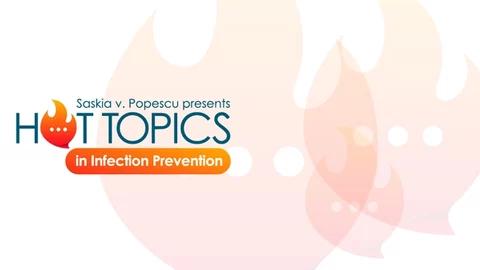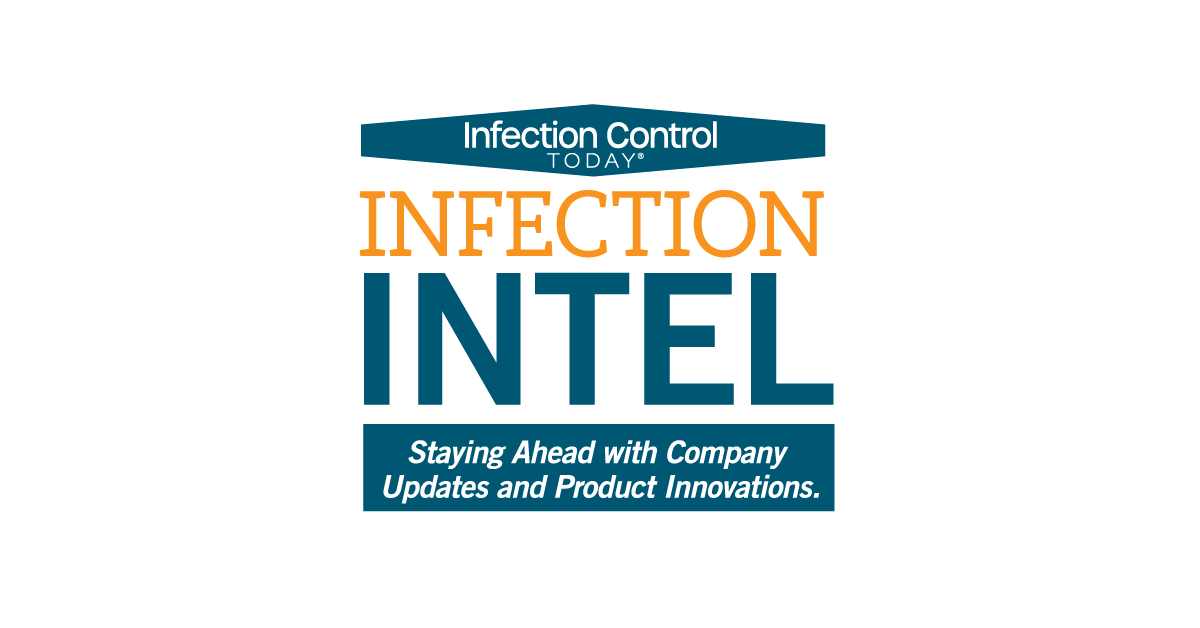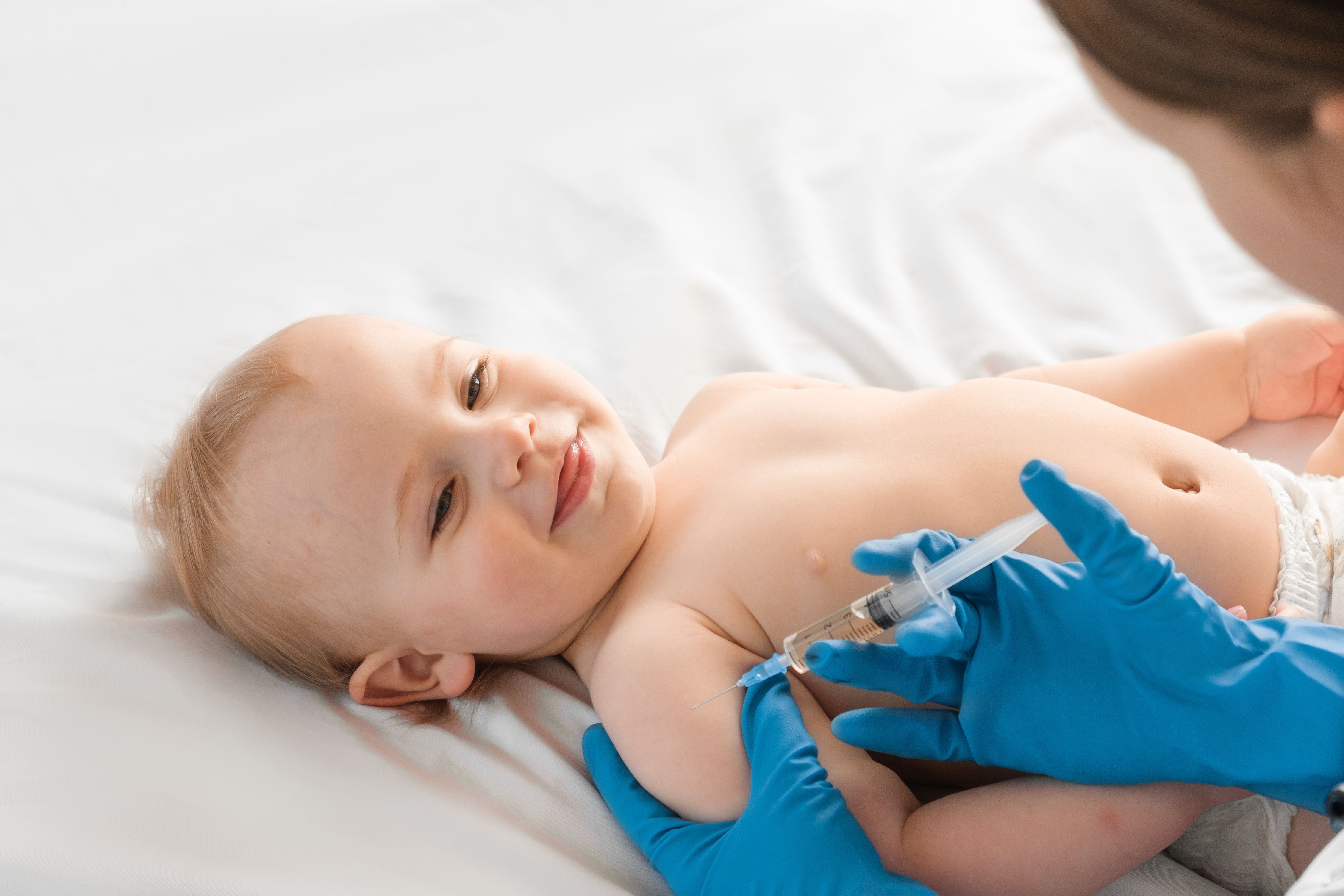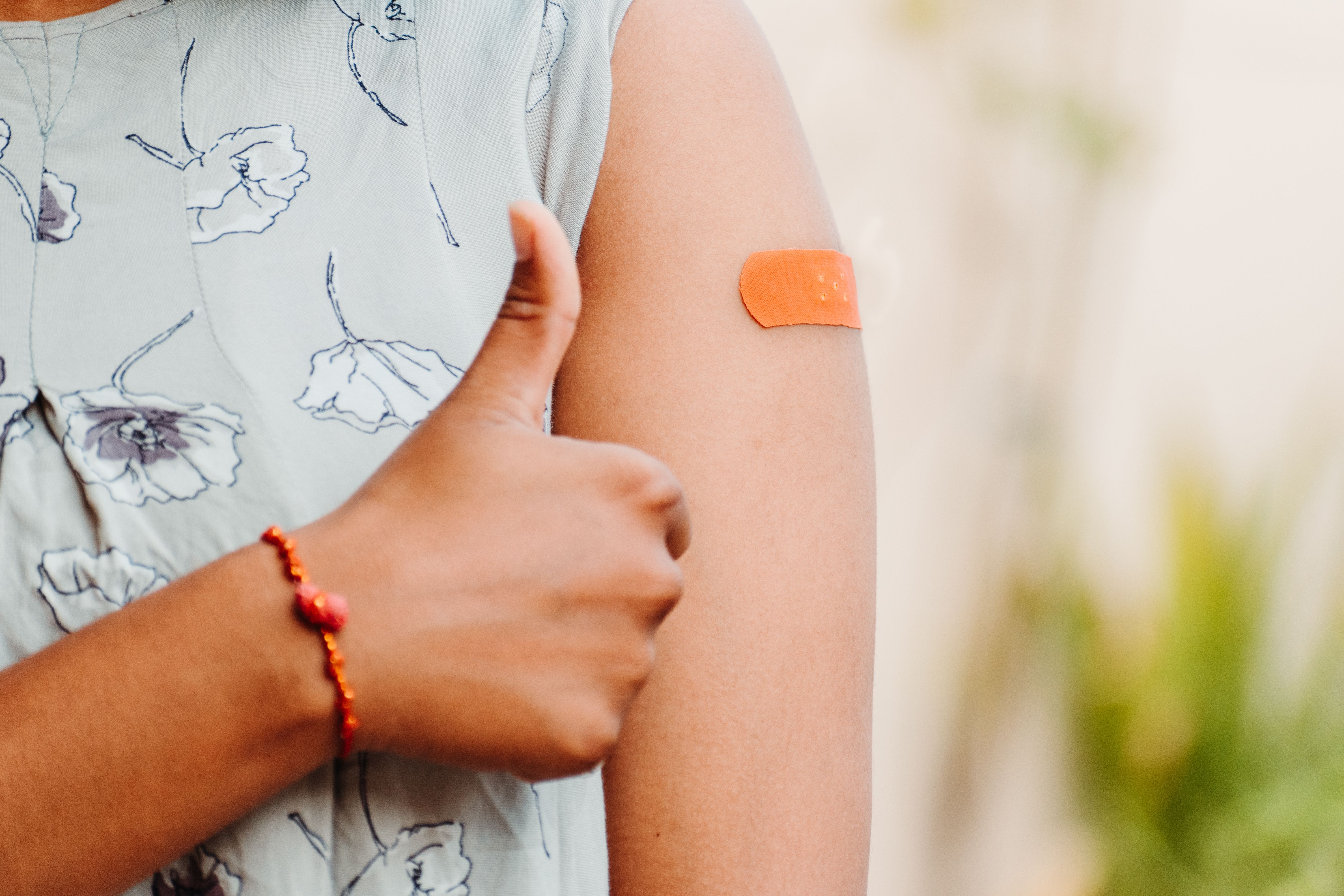Weekly Rounds: Hot Topics in IPC, Infection Intel, Inhaled Therapies for Lung Functions, and More
Take 5 minutes to catch up on Infection Control Today®’s highlights for the week ending November 5, 2023.

Here are 5 highlights from Infection Control Today®'s (ICT®’s) wide-ranging coverage of the infection prevention and control world. Everything from interviews with known opinion leaders to the news that infection preventionists and other health care professionals can use on their jobs.
Hot Topics in IPC: Influenza, COVID-19, and Mechanical Ventilation and Drug-Resistant Pathogens
In this Hot Topics in IPC, Saskia v. Popescu, PhD, MPH, MA, CIC, FAPIC, discusses her concerns about COVID-19 and influenza for this winter, and mechanical ventilation and drug-resistant pathogens.
Infection Intel: Chicopee, GP Pro, US FDA, and Henry Schein
Staying Ahead With Company Updates and Product Innovations. This week's news is from Chicopee, GP Pro, US FDA, and Henry Schein.
Qnovia Collaborates With UVA to Develop Novel Inhaled Therapies for Lung Infections
Pharmaceutical company Qnovia partners with the University of Virginia (UVA) to create inhaled drugs for lung infections, bolstering their development pipeline with assets for pneumonia and biodefense-related pulmonary infections.
CDC Advises on Limited Nirsevimab Supply and RSV Protection Options
The Centers for Disease Control and Prevention is advising providers to prioritize 100 mg doses of nirsevimab, a monoclonal antibody FDA-approved to prevent respiratory syncytial virus (RSV), for infants at the highest risk of severe RSV disease.
Encouraging Results Emerge from Phase 1/2 Study of mRNA-Based Influenza and COVID-19 Combo Vaccines
With a safety profile consistent with Pfizer’s COVID-19 vaccine, this combination vaccine candidate will most likely be moving to a phase 3 trial in the coming months.
Newsletter
Stay prepared and protected with Infection Control Today's newsletter, delivering essential updates, best practices, and expert insights for infection preventionists.
Reducing Hidden Risks: Why Sharps Injuries Still Go Unreported
July 18th 2025Despite being a well-known occupational hazard, sharps injuries continue to occur in health care facilities and are often underreported, underestimated, and inadequately addressed. A recent interview with sharps safety advocate Amanda Heitman, BSN, RN, CNOR, a perioperative educational consultant, reveals why change is overdue and what new tools and guidance can help.
New Study Explores Oral Vancomycin to Prevent C difficile Recurrence, But Questions Remain
July 17th 2025A new clinical trial explores the use of low-dose oral vancomycin to prevent Clostridioides difficile recurrence in high-risk patients taking antibiotics. While the data suggest a possible benefit, the findings stop short of statistical significance and raise red flags about vancomycin-resistant Enterococcus (VRE), underscoring the delicate balance between prevention and antimicrobial stewardship.
What Lies Beneath: Why Borescopes Are Essential for Verifying Surgical Instrument Cleanliness
July 16th 2025Despite their smooth, polished exteriors, surgical instruments often harbor dangerous contaminants deep inside their lumens. At the HSPA25 and APIC25 conferences, Cori L. Ofstead, MSPH, and her colleagues revealed why borescopes are an indispensable tool for sterile processing teams, offering the only reliable way to verify internal cleanliness and improve sterile processing effectiveness to prevent patient harm.
The Next Frontier in Infection Control: AI-Driven Operating Rooms
Published: July 15th 2025 | Updated: July 15th 2025Discover how AI-powered sensors, smart surveillance, and advanced analytics are revolutionizing infection prevention in the OR. Herman DeBoard, PhD, discusses how these technologies safeguard sterile fields, reduce SSIs, and help hospitals balance operational efficiency with patient safety.
Targeting Uncertainty: Why Pregnancy May Be the Best Time to Build Vaccine Confidence
July 15th 2025New national survey data reveal high uncertainty among pregnant individuals—especially first-time parents—about vaccinating their future children, underscoring the value of proactive engagement to strengthen infection prevention.




